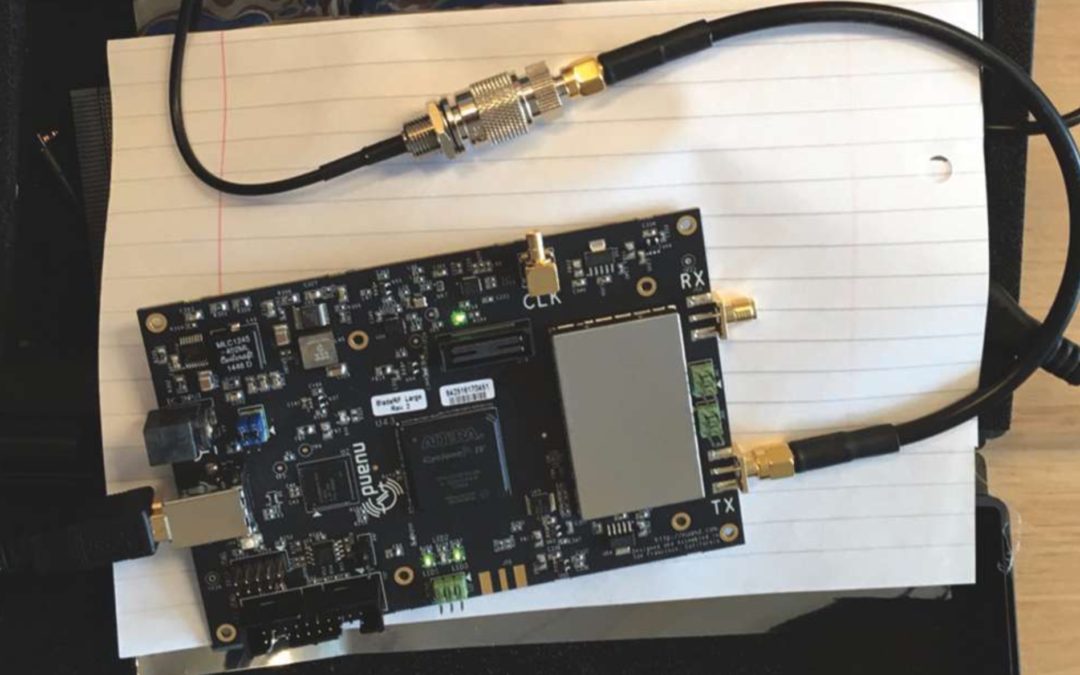Blog Editor’s Note: There are some in the GNSS community who think that the only answer needed for resilience is use of multiple GNSS frequencies and/or constellations. This is problematic as all constellations use the same frequency band and can be easily jammed at the same time. Now we find that it is not nearly as difficult to spoof on multiple frequencies as was once thought.
(In)Feasibility of Multi-Frequency Spoofing
Recent presentations and publications have suggested that multi-frequency spoofing is infeasible using low-cost, off-the-shelf equipment, and that a good defense against any but well-funded and technically competent adversaries would be to use a multi-frequency capable survey grade receiver. The authors of this article wish to demonstrate that this is definitively false.
Authors: James T. Curran Independent Researcher Aiden Morrison Sintef Digital Cillian O’Driscoll Consultant
“It doesn’t have to be pretty, it just has to work”
The spoofing of GNSS signals is a controversial and divisive topic within the satellite navigation community. Some believe that spoofing is virtually infeasible, while other industry insiders believe that spoofing is actually trivial. Referring to Figure 1, we present an example of a survey grade receiver, reporting that it is tracking each of L1 C/A, L2C, L1P(Y), L2P(Y) signals and generating a valid position solution in Norway while it is actually sitting on a desk in the Netherlands being fed a spoofed signal from an low-cost off-the-shelf “single frequency” software defined radio. Contrary to other assertions, it was possible to perform this using only 12 megahertz of instantaneous broadcast spectrum. This resulted in no measurable code-carrier divergence, nor was the spectrum quite as obviously distorted as has been suggested. Given that these apparently reasonable assumptions (that multi-frequency spoofing required a “multi-frequency” signal generator, and that spoofed signals will have obvious imperfections), were demonstrated to be unfounded, then we should perhaps revise our assumption, and reconsider our approach to the problem.


